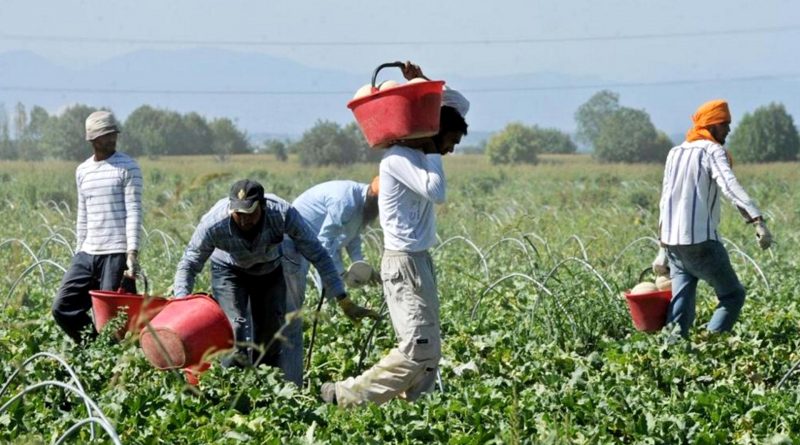Caporalato in Agriculture: Causes and Solutions
Caporalato in Agriculture: Causes and Solutions
The 2015 Istat data leave no room for any interpretation; out of 32 billion euro of the agricultural sector (which corresponds to 2% of the total added value produced in our country) the incidence of this underground economy is equal to 15.4%, therefore higher than the undeclared of the entire national economy (13% ). A turnover that ranges between € 14 and € 17 billion. So in addition to the damage for this labor of agricultural laborers underpaid also insult for an evasion against the State (all of us) of huge proportions.
This phenomenon, in spite of what one might think, has no regionality. Widespread throughout the country, with wages of 400 euros a month for a whole day of work, to which not even the new law on caporalato (Law September 14, 2011, No. 148) represented a valid deterrent.
The fact that in our country we think to solve these issues (like many others) only with the provisions of the law says a lot as, specifically, this phenomenon can not be so easily eradicated. We need different recipes that can not be exclusively of a legislative and penal nature but of a structural nature.
We explain this concept better. The question must be resolved upstream, through a different review of the agricultural model; with a recomposition of agricultural models and their work units and their relationship with the business units. By means of an enhancement of these nucleuses (especially families) perfectly balanced with company size; through courses of collective self-learning and education and training to take on solidarity and innovation.
If we do not activate this process in a totally different way, we will never find the solutions to fulfill, even the constitutional precept contained in the art. 44 of the Constitution: “In order to achieve the rational exploitation of the land and establish fair social relations, the law imposes (…) the transformation of the latifundium (…)”. A latifondo that, in the last forty years, has been recomposed into new forms, linked to an agricultural model subject to the markets and the GDO and in clear antithesis, not only with the constitutional provisions (… rational exploitation of the ground …) but also with the modern concepts of an eco-sustainable agriculture. A large estate where mafias and great interests are more powerful than the state.
FAO itself pointed out that, in the world, nine out of ten of the 570 million farms are run by families, making the family the predominant form of agriculture, and consequently also a potentially crucial factor of change towards achieving food security, the elimination of hunger and a criterion of environmental safety of agricultural production. On this the latest UN publications have been more than explicit.
The caporalato is only one of the manifestations of this agricultural model to which the state, and therefore its policy, was totally absent, thinking of damming the dam’s hole with the wax pongo.
Guido Bissanti

